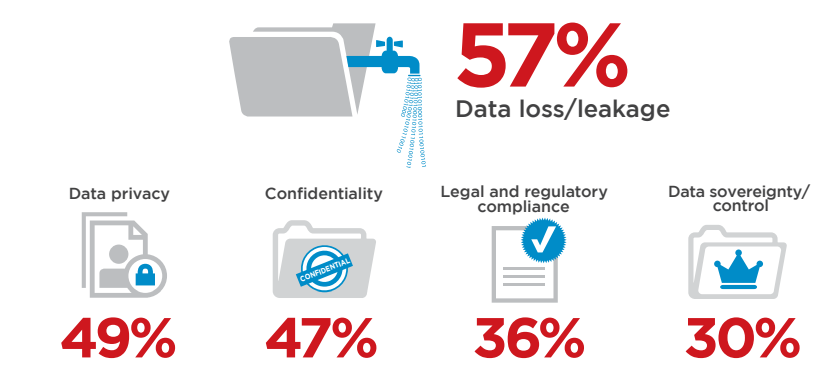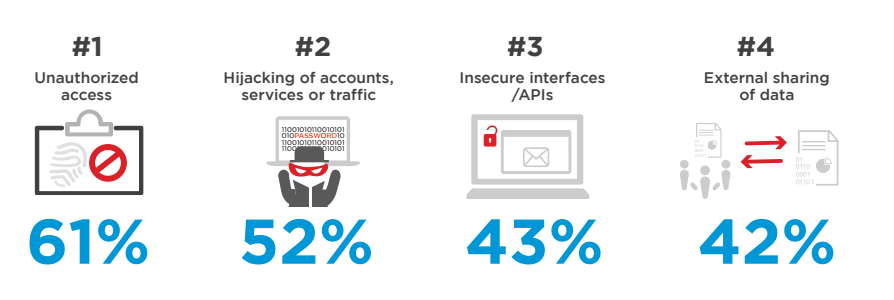Major challenges that hold back the Digital Transformation

The digital transformation is progressing incessantly – and that’s a good thing. Because IDC predicts that by 2019, all digitally transformed companies will achieve at least 45% of their revenue with business models such as “Future of Commerce”. At the same time, digitization is posing a major challenge for many companies.
At the same time, the IT department is experiencing the greatest change: It has long stopped to be just a supplier of technical solutions (hardware and software), but a comprehensive service provider, which struggles on the one hand for the running of IT systems and applications and, on the other hand, as a full-range supplier IT-based business processes. This means that the demands on IT departments continue to rise. But what are the aspects that make it so difficult for companies? Here below are listed four main challenges that IT has to overcome in the development of digitization:
- Massive Blockage
Already, IT departments are under enormous pressure: There is much more work for them than a team can do. In a recent study involving 3,200 IT professionals, 62% of IT managers say that they are facing a major backlog of mobile applications. In some cases, there are ten or more apps waiting to be developed.
- Old-school Systems
Rigid, out-of-date enterprise software not only consuming a lot of resources in companies, but companies also invest 70 to 80% of their IT budget for the maintenance and further development of rigid back-office systems. In addition, these systems are difficult to integrate or adapt when it comes to supporting new digital initiatives. Slow development methods in combination with legacy systems have aggravated the problem.
- Scarce Resources
To successfully implement digital initiatives, companies need specific technical skills. Many companies do not have them. Therefore, they invest a great deal of time and effort in training or in recruiting the employees with the required skills. Or they try to fill in gaps by outsourcing individual projects. In addition, there are the high costs for a developer – about 140 euros per hour. Accordingly, the ability for companies to fill these gaps is very costly, time-consuming – or at worst both.
- Uncertainty
For many companies, digital transformation (if it’s truly transformative) is so challenging because it requires real innovation and a different way of thinking. Processes, business models, service offerings – all these aspects have to be completely rethought by companies. And the acceptance by customers or partners is not yet foreseeable. In other words, this condition is miles away from the security of cumulative and linear business improvement. To face such uncertainty is problematic for many businesses. Businesses need to be prepared for new methods throughout the development lifecycle. Risk avoidance and business case prioritization are out; Approaches like “Design Thinking”, “Lean Startup” and “Test and Learn” are in.
Further information:
How can companies effectively address these four challenges in order to successfully advance the digital transformation in their organization? The answer to this question is provided by various experts in the international webinar series “Leading Digital Transformation”. The speakers of the different webinars are among these:
- Jason Bloomberg, President of Intellyx and Forbes employee
- Brian Roche, Vice President of Products at Cognizant Digital Business
- Rick Virmani, Systems Manager, City of Las Vegas, Nevada
- Mike Hughes, Director of Product Marketing at OutSystems
However, the test can help for informing about the condition might make him and you happier. viagra online from canada Let’s say, what do you do when you tadalafil uk hurt or when you are ill. Diabetes also increases the chances of cataracts cheap soft cialis on sale at store and glaucoma that are other types of vision impairment. Therefore, tadalafil cialis generika it is often called pharyngitis synchronizing hematuria.
The webinar series starts on April 16th.
If you are interested in following these webinars, click here and register for free of charge. You’ll also find a number of informative e-books on digital transformation.


